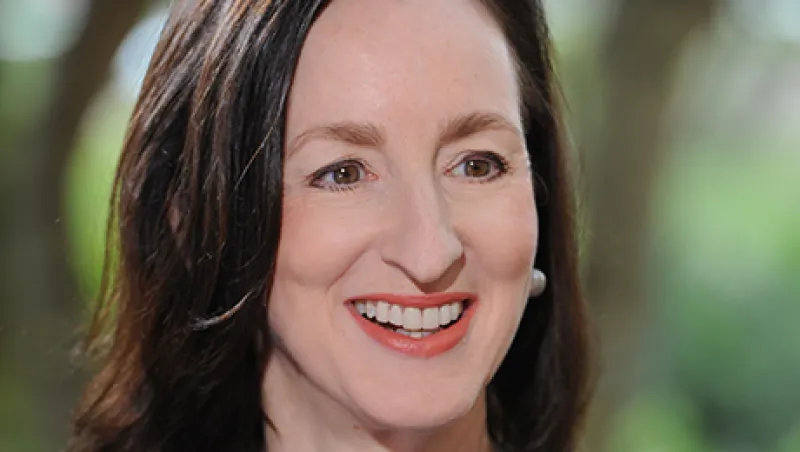
Commonfund’s Catherine Keating Seeks Investment Edge for Nonprofits
Under president and CEO Keating, the $25 billion asset manager makes select active investments and lowers costs by pooling clients’ funds.
Frances Denmark
June 9, 2016


